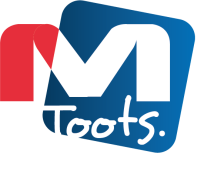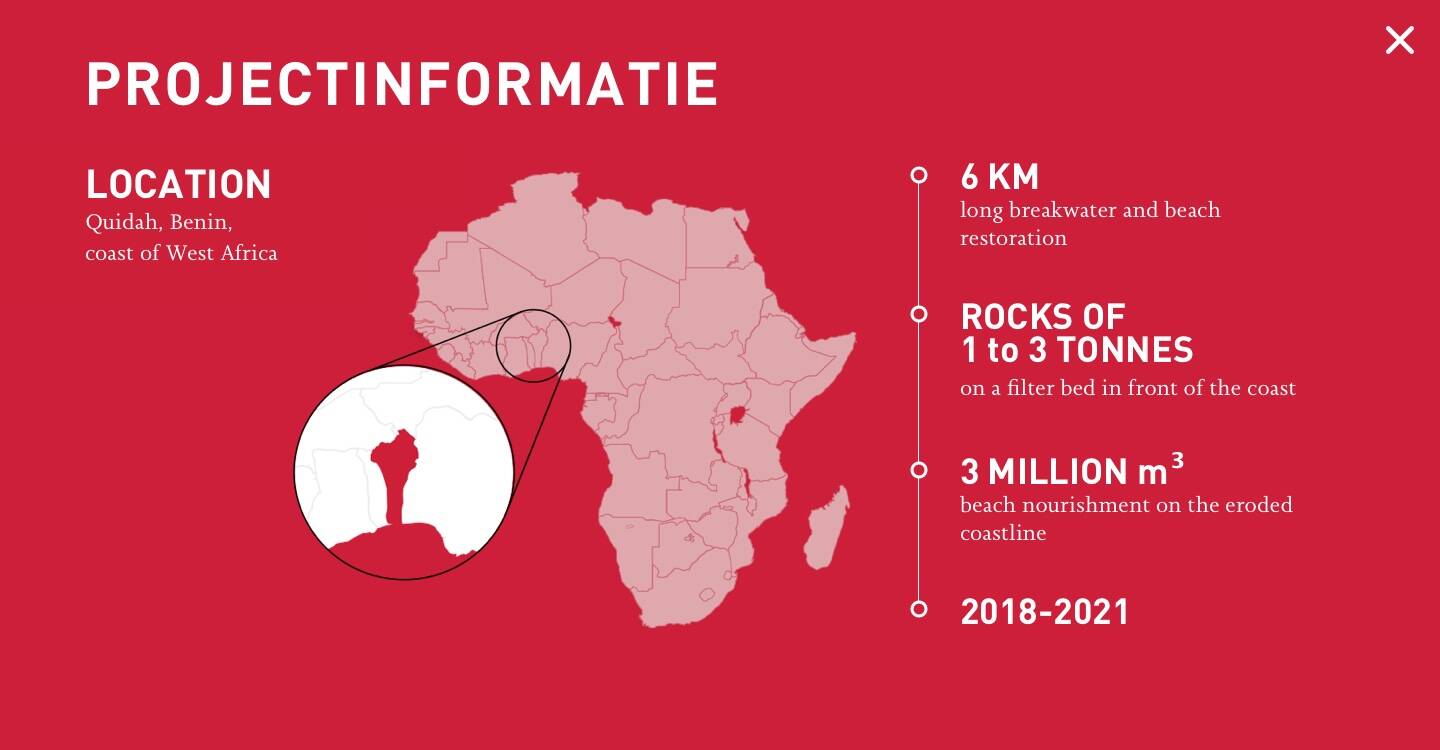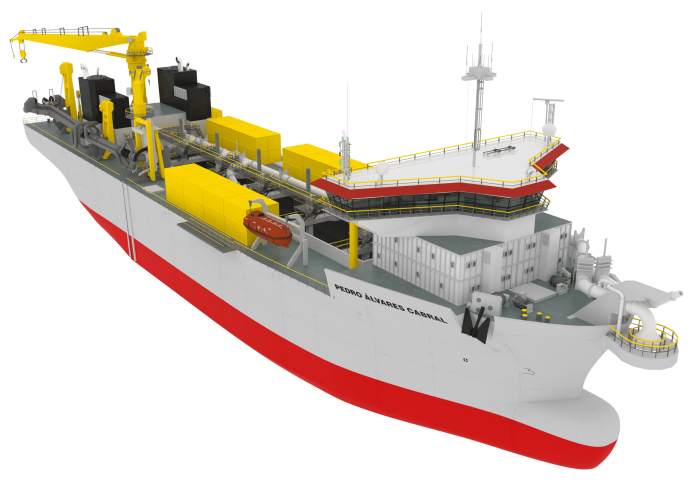close-up
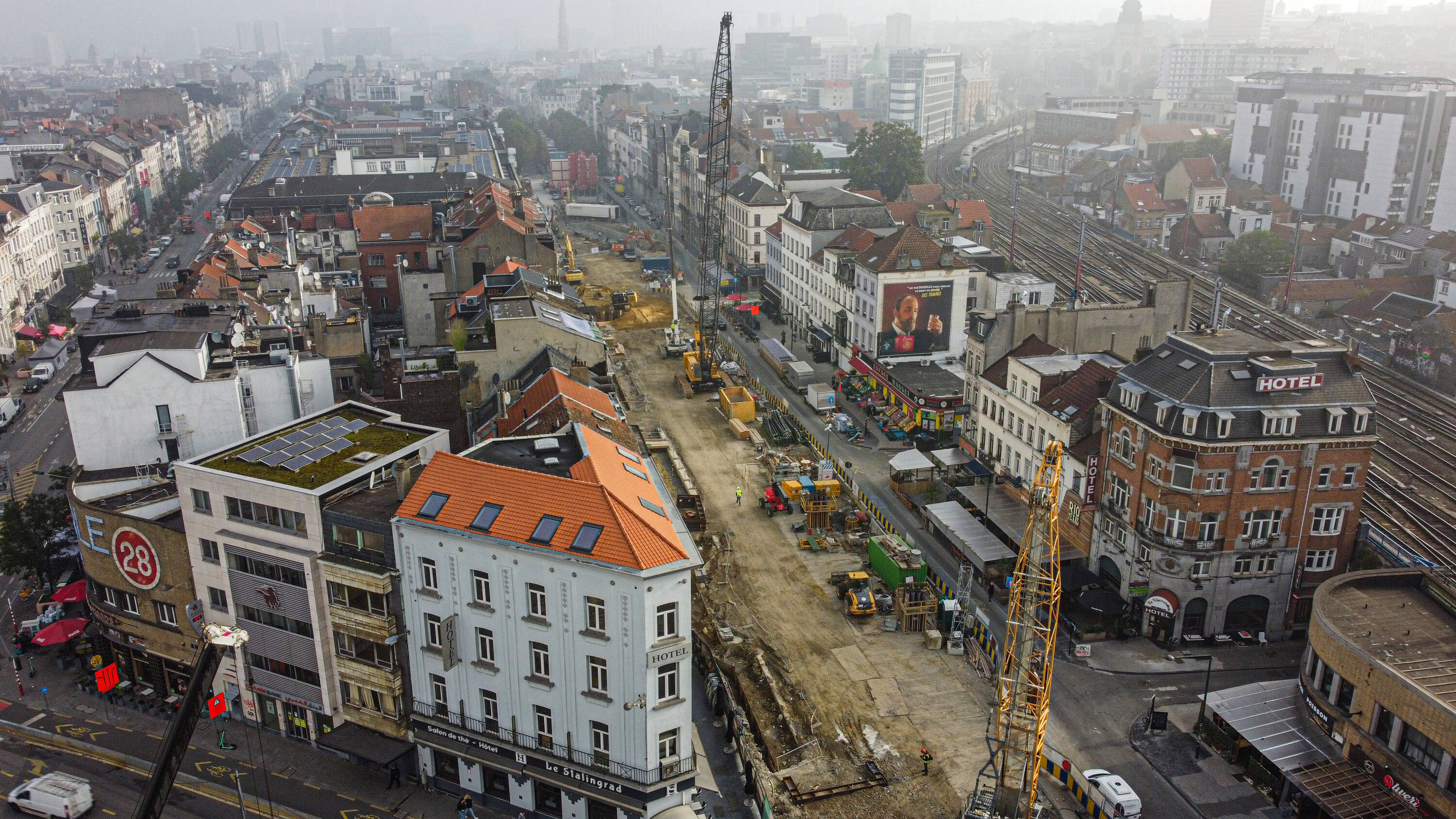


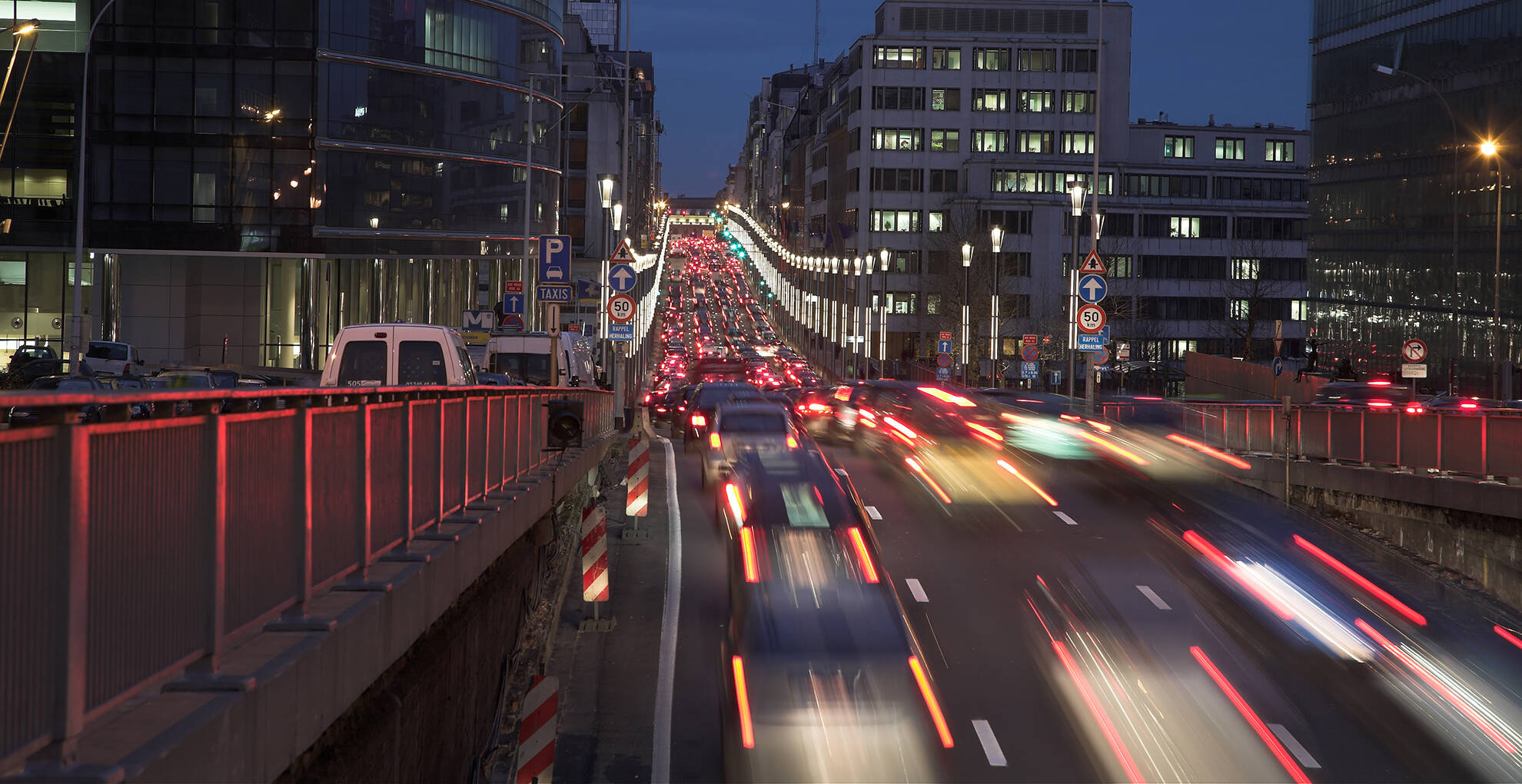
Traffic jams, hardly any parking spaces, air and noise pollution. Sounds familiar? No surprise. All over the world, cities are struggling with complex mobility. More and more cities are even banning cars from their city centre. Yet the urban population keeps on growing and is attracting a younger generation of inhabitants. And each day, an increasing flow of commuters undertakes a true quest to reach their city offices. How to unlock this roadblock? By developing a comprehensive public transportation network! In the heart of Europe, a brand new metro line will bring Brussels a step closer to sustainable mobility.

Peter Smet - Project Engineer
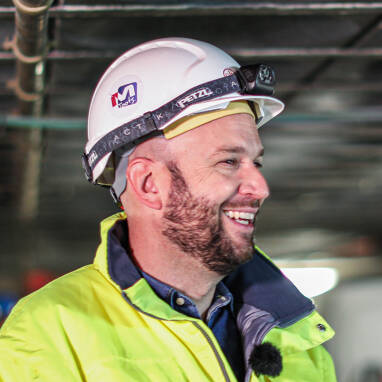
Curious how we do it?
Take an exclusive look behind the scenes!
Mobility shift
In Brussels, more than half of the inhabitants still travel by car, while most trips comprise less than five kilometres. However, the use of public and alternative transportation is gaining popularity. The city of Brussels is determined to accommodate this mobility shift by improving the infrastructure of public transportation. The main challenge: increasing the capacity of passengers and providing a frequent service.
A new metro line from the north of the city to the south has to decongest the most crowded urban areas. Once completed, people will be able to travel from one side of the city to the other in 20 minutes. In the first phase, Jan De Nul is constructing the new metro station Toots Thielemans and an 800-metre tunnel. A complex and ambitious project!
Discover how we built the
Schuman-Josaphat railway tunnel.
GO TO OUR WEBSITE


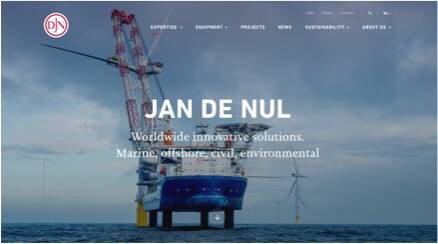
Did you know that...
... the metro station was originally named Constitution? After the death of Toots Thielemans, one of the most famous inhabitants of Brussels, the city payed tribute to him by naming the station after him. This jazz musician grew up in the Marolles disctrict in Brussels, playing mouth organ and composing songs. His song ‘Bluesette’ became a true jazz classic. Thielemans passed away in 2016 at the age of 94.
Eager to discover one of Belgium’s most renowned musicians?
Listen to this Spotify list, enjoy!

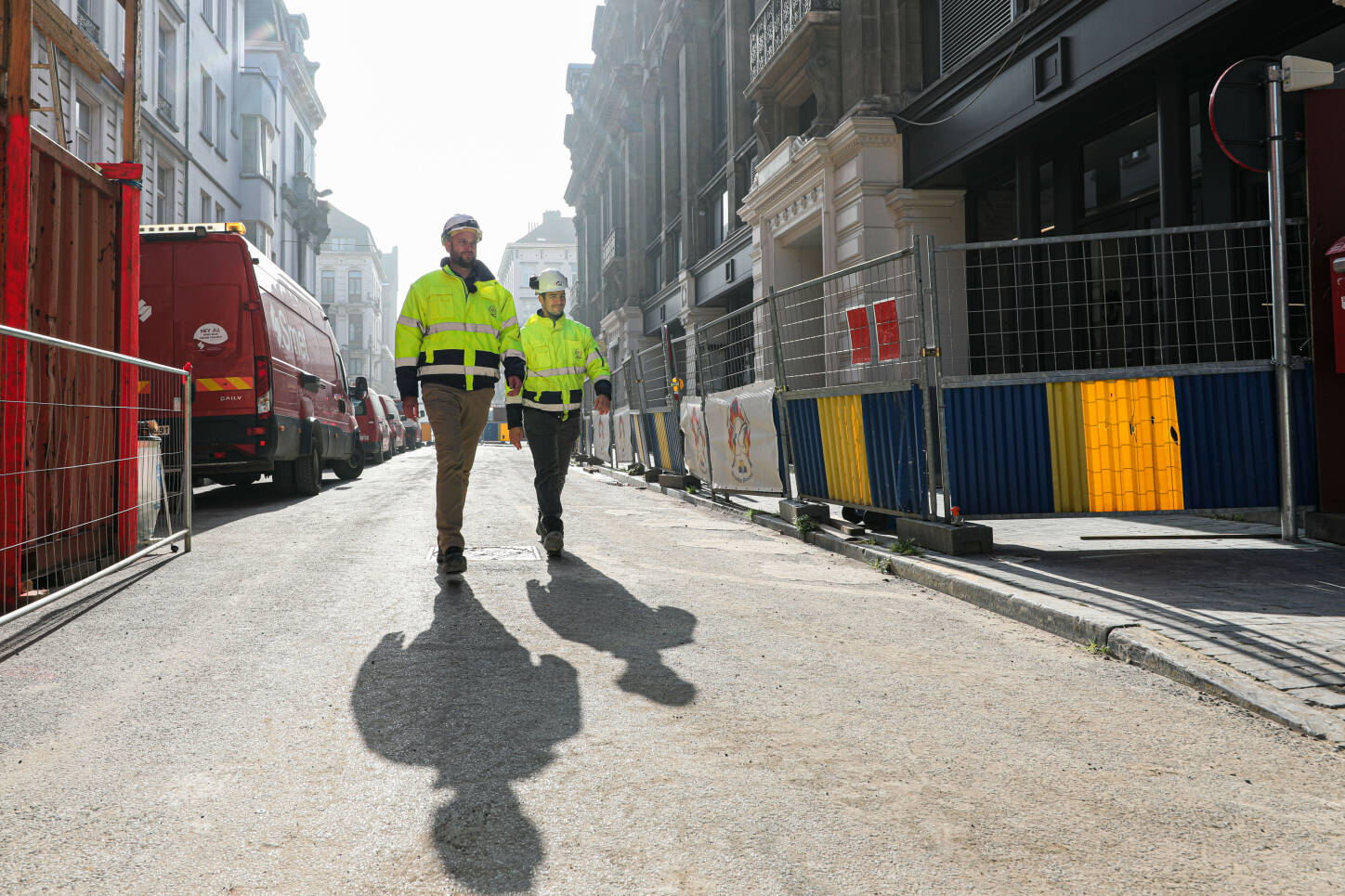
to or from Brussels




The site is located in the lower part of the city, making it almost impossible to execute excavation works without reaching the ground water. By freezing the ground water at one particular location, we can temporarily block the flow and use specialised construction techniques to realise the new tunnel.
To complete this missing link in the metro system, Jan De Nul has to perform major works under existing buildings. A challenging task, you might think, had we not alreadygained the experience and techniques to perform underground works. In 2016, we built the Schuman-Josaphat railway tunnel, connecting two busy railway lines in the European neighbourhood of Brussels, below one of the most densely populated areas of Belgium.
Working underground

close-up
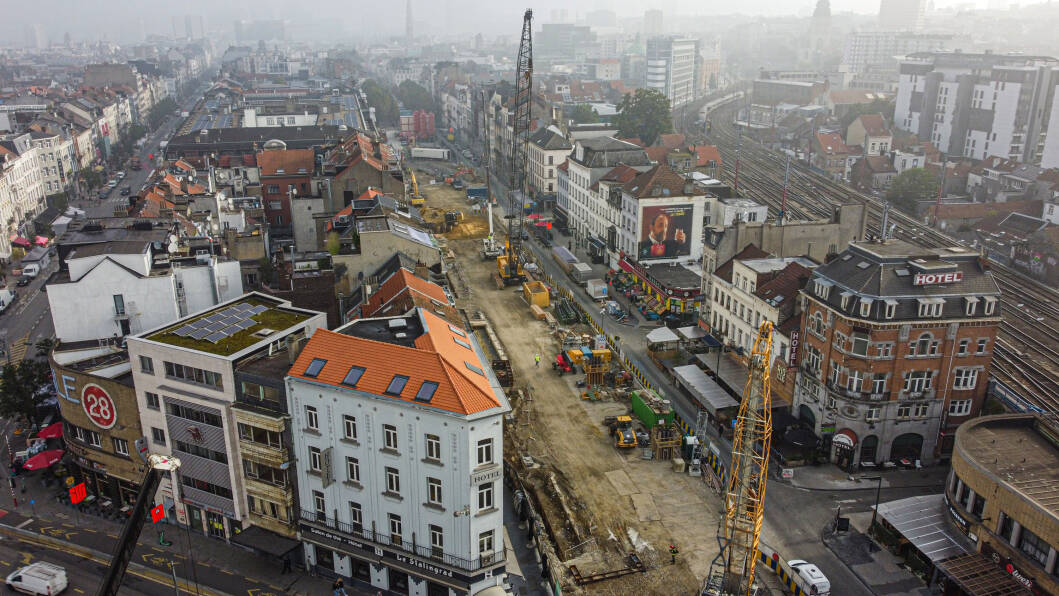



Mobility shift
In Brussels, more than half of the inhabitants still travel by car, while most trips comprise less than five kilometres. However, the use of public and alternative transportation is gaining popularity. The city of Brussels is determined to accommodate this mobility shift by improving the infrastructure of public transportation. The main challenge: increasing the capacity of passengers and providing a frequent service.
A new metro line from the north of the city to the south has to decongest the most crowded urban areas. Once completed, people will be able to travel from one side of the city to the other in 20 minutes. In the first phase, Jan De Nul is constructing the new metro station Toots Thielemans and an 800-metre tunnel. A complex and ambitious project!

Peter Smet - Project Engineer
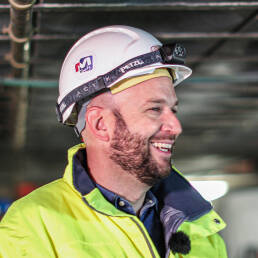
Curious how we do it?
Take an exclusive look behind the scenes!

Traffic jams, hardly any parking spaces, air and noise pollution. Sounds familiar? No surprise. All over the world, cities are struggling with complex mobility. More and more cities are even banning cars from their city centre. Yet the urban population keeps on growing and is attracting a younger generation of inhabitants. And each day, an increasing flow of commuters undertakes a true quest to reach their city offices. How to unlock this roadblock? By developing a comprehensive public transportation network! In the heart of Europe, a brand new metro line will bring Brussels a step closer to sustainable mobility.

to or from Brussels
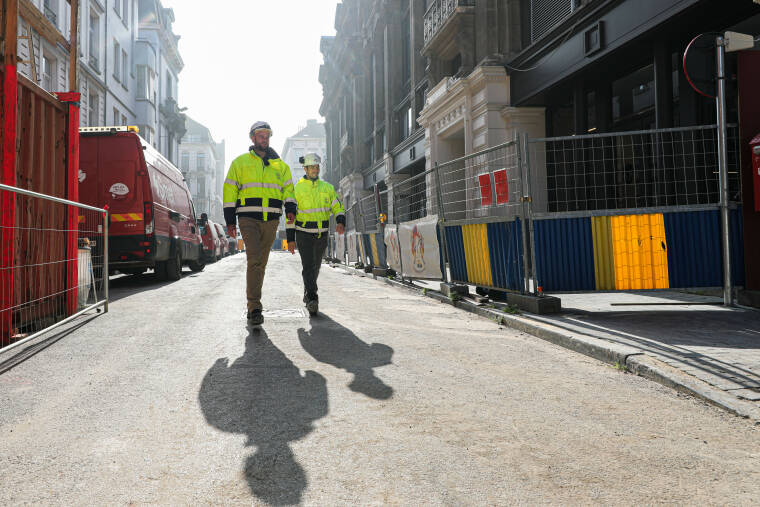

The site is located in the lower part of the city, making it almost impossible to execute excavation works without reaching the ground water. By freezing the ground water at one particular location, we can temporarily block the flow and use specialised construction techniques to realise the new tunnel.

... the metro station was originally named Constitution? After the death of Toots Thielemans, one of the most famous inhabitants of Brussels, the city payed tribute to him by naming the station after him. This jazz musician grew up in the Marolles disctrict in Brussels, playing mouth organ and composing songs. His song ‘Bluesette’ became a true jazz classic. Thielemans passed away in 2016 at the age of 94.
Eager to discover one of Belgium’s most renowned musicians?
Did you know that...

Discover how we built the
Schuman-Josaphat railway tunnel.

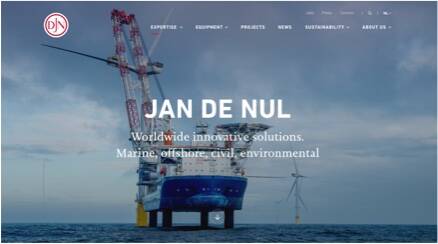
To complete this missing link in the metro system, Jan De Nul has to perform major works under existing buildings. A challenging task, you might think, had we not alreadygained the experience and techniques to perform underground works. In 2016, we built the Schuman-Josaphat railway tunnel, connecting two busy railway lines in the European neighbourhood of Brussels, below one of the most densely populated areas of Belgium.
Working underground




